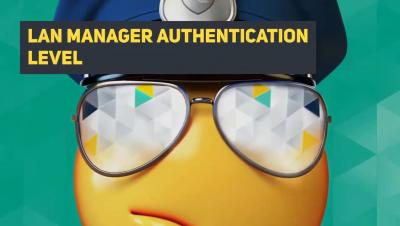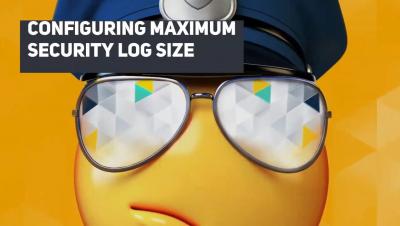The Policy Expert: Network Security: Restrict NTLM: Audit Incoming NTLM Traffic
NTLM is Microsoft’s old mythological authentication protocol. Although new and better authentication protocol has already been developed, NTLM is still very much in use. NTLM protocol has proven to have many flaws that result in potential vulnerabilities. One caution measure that can be taken is auditing and logging any NTLM traffic events.











